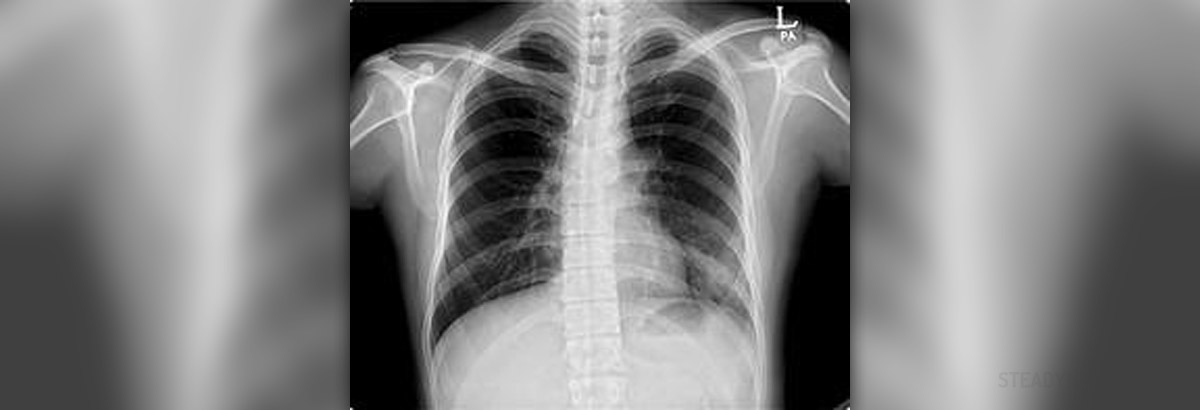
A person whose spine is curved from one side to the other is considered to be suffering from a certain medical condition called scoliosis. Even though the condition is a complicated one and the deformity is three-dimensional, on an x-ray a person’s spine will look like a letter “S” or “C” if it is looked at from the rear. There are three main classes of scoliosis and they are congenital, idiopathic and neuromuscular. Congenital scoliosis occurs due to certain vertebral anomalies which are present at birth. The actual cause of idiopathic scoliosis remains unknown. The doctors have come up with subclasses for idiopathic scoliosis and they are infantile, juvenile, adolescent or adult. The subclass depends on the age of a person when the condition occurred. In case of neuromuscular scoliosis, the patient has it developed a secondary symptom or another condition like spina bifida, cerebral palsy or physical trauma. According to the data, there are more than 7 million cases of scoliosis in the United States alone.
The signs of scoliosis and Associated conditions
Scoliosis itself is known to cause a lot of problems for a person but there are certain other complications which may occur if the patient has not reached skeletal maturity. Some of the more serious complications are diminishing lung capacity, more pressure on the heart and restricted physical activities. It is important that a person notices the early symptoms of this condition because then the chances of a more successful treatment are a lot higher. Some of the most commonly seen signs of scoliosis are uneven musculature on one side of the spine, a rib prominence and a prominent shoulder blade which have occurred due to rotation of the ribcage in thoracic scoliosis, one leg being longer than the other and slow nerve action. However, the last sign occurs a lot less than the other signs. It is not uncommon for scoliosis to be associated with certain other condition like Ehlers-Danlos syndrome, Charcot-Marie-Tooth disease, Prader-Willi syndrome, cerebral palsy, spinal muscular atrophy, CHARGE syndrome, Fragile X syndrome, spina bifida, mitral valve prolapsed and many others. The data claims that 65% of all scoliosis cases are idiopathic, while 15% are congenital and neuromuscular are only 10%. The traditional medical management
There are a lot of treatment options for scoliosis but they are all complex. In order for the treatment option to be determined, the severities of the curative and skeletal maturity are taken into consideration, among other factors. These factors are the most important when it comes to the predicting the likelihood of progression. Observation, physical therapy, occupational therapy, chiropractic or osteopathic therapy, casting or EDF, bracing and surgery are considered to be all of the conventional options for a possible treatment of scoliosis. The Schroth method is a noninvasive physiotherapeutic treatment which has been in use in Europe since the 1920s. This method is very effective and the patients are devoted to this treatment option in Germany, England, Spain and North America. The method focuses on correcting at least partially muscular asymmetries with a series of special exercises. This method is effective in more than 10% of all cases when it lasts for a period of up to 6 weeks but the percentage is three times higher if the therapy lasts for over 12 months. Occupational therapy is an option for those patients who suffered from an injury or illness or simply cannot perform the normal everyday activities. Assessment, intervention and ongoing evaluation are the aids which an occupational therapist provides for a patient with scoliosis. This will help the patients to be able to perform the everyday activities by managing the symptoms. The occupational therapist will also teach the patient the ways of self-care, productivity and leisure. One popular intervention for scoliosis involves the use of braces. Over the years a lot of different braces have been developed for the purpose of treating scoliosis. Productivity activities include either paid or unpaid work, household chores and play, among other things. Surgery is also an option for scoliosis but it is mainly performed in patients whose curves have an excellent chance of progression, curves that would not be cosmetically acceptable as an adult, curves in patients who suffer from spina bifida and cerebral palsy and that makes them unable to sit properly and especially in curves that interfere with the breathing of a patient. It is important to know that a complete straightening of a scoliotic spine is impossible. The two main types of surgery performed on patients with scoliosis are anterior fusion and posterior fusion. Prognosis of scoliosis depends on the likelihood of progression
The likelihood of progression is probably the most essential factor in the prognosis of scoliosis. According to the experts, the larger curves have a higher risk of progression than smaller curves. Double primary curves and thoracic curves also carry a higher risk than single lumbar or thoracolumbar curves. In addition to this, a patient who has not reached skeletal maturity has a higher likelihood of progression.


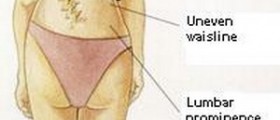


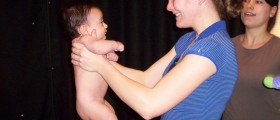







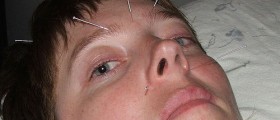
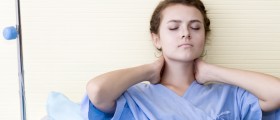


Your thoughts on this
Loading...